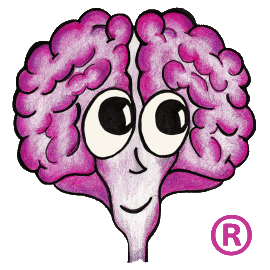DocuBrain is committed to providing accessible products and solutions to our customers. This includes users working with assistive technology, such as speech recognition software and screen readers. To help meet our goal of universal design, DocuBrain follows the best practices in Section 508 of the Rehabilitation Act and the Web Content Accessibility Guidelines (WCAG) 2.0 Level A and Level AA to the maximum extent reasonable possible.
Most DocuBrain desktop applications are written in Java. On Windows, Java provides accessibility support via the Java Accessibility Bridge (JAB). JAB support must be enabled on Windows and the assistive technology product must support JAB such as one of the following products: JAWS, NonVisual Desktop Access (NVDA), SuperNova, and ZoomText.
More Java-specific information on Java accessibility and enabling the Java Access Bridge can be found at the following URL: https://docs.oracle.com/en/java/javase/11/access/java-accessibility-overview.html
The Voluntary Product Accessibility Template (VPAT) is a standardized form developed in partnership by the Information Technology Industry Council (ITI) and the U.S. General Services Administration (GSA) to document a product’s conformance with key regulations of Section 508 of the Rehabilitation Act. The VPATs for DocuBrain's products are available in the list below.
Current DocuBrain Product VPATs
Older DocuBrain Product VPATs
Please feel free to contact us about your DocuBrain product accessibility questions for further assistance.
